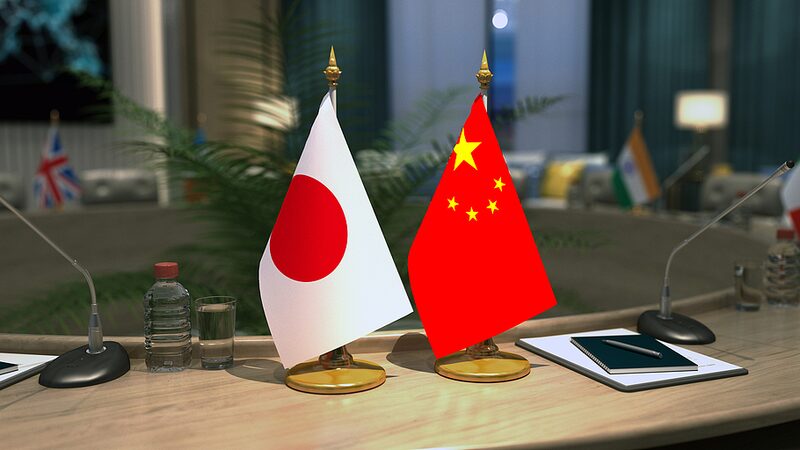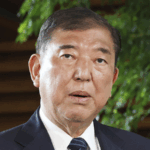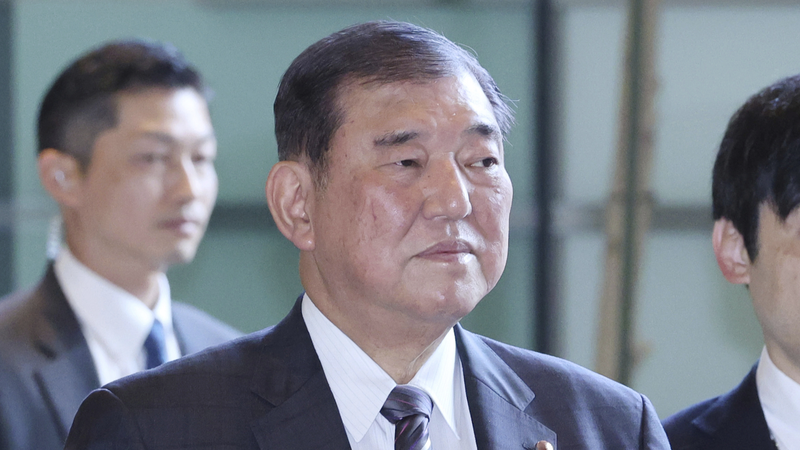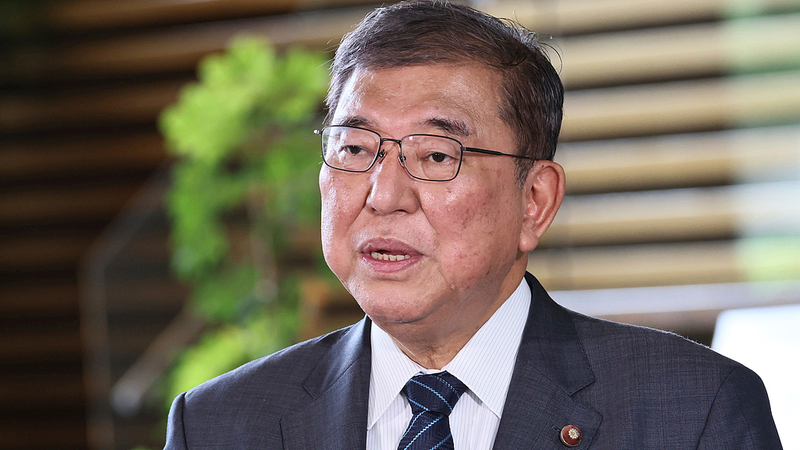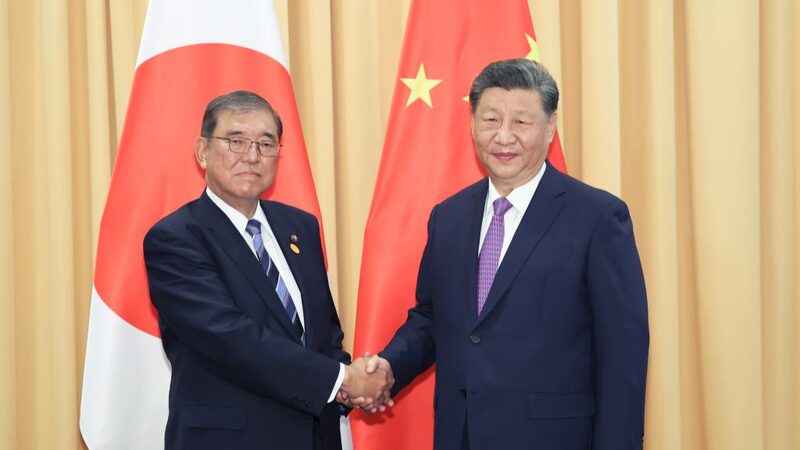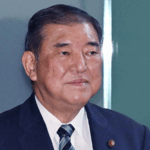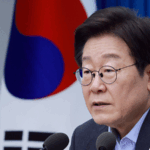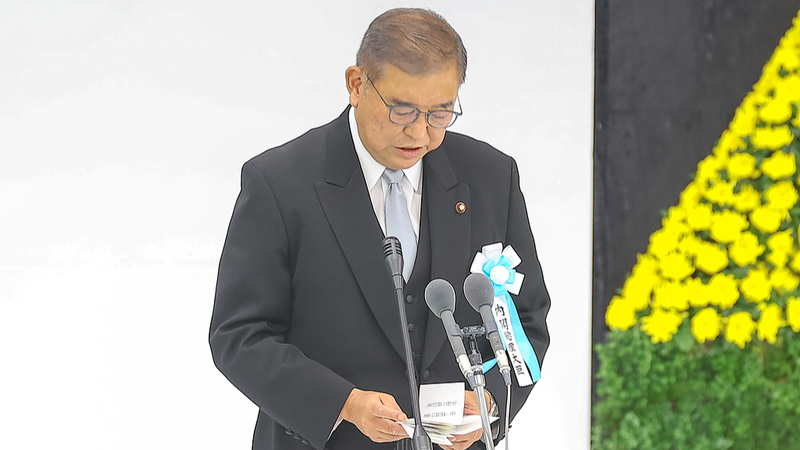From Historical Tensions to High-Fives 🤝
China and Japan, neighbors with a complex past, are flipping the script in 2025. Recent diplomatic moves—like Japanese Foreign Minister Takeo Iwaya’s warm December 2024 Beijing visit—have cracked open the door to a brighter future. With high-level talks and cultural exchange programs gaining momentum, Asia’s two powerhouses are rewriting their playbook.
Leaders Lean In 🗣️
Japanese Prime Minister Shigeru Ishiba’s pledge to prioritize Beijing over Washington marks a major shift. His November 2024 APEC Leaders’ Meeting chat with Chinese President Xi Jinping set the tone: “Trust between leaders needs more than handshakes,” Ishiba later stressed, hinting at deeper collaboration. China’s Foreign Minister Wang Yi echoed this, saying stable Sino-Japanese ties mean “a stable Asia—and a stronger global voice.”
Tourism, Trade, and TikTok Vibes 🎌
Visa relaxations are fueling a travel boom: 10-year tourist visas for Chinese visitors and extended stays for groups signal Japan’s push to welcome its top tourism market. Meanwhile, China’s visa-free policy for Japanese travelers adds momentum. Win-win? Absolutely. As cultural exchanges surge (think K-pop meets C-drama collabs?), both nations are betting on people power to bridge divides.
Why This Matters for Gen-Z 🌍
Stable China-Japan relations could reshape Asia’s economic and security landscape—vital for young entrepreneurs eyeing cross-border startups or students studying regional trends. Plus, smoother diplomacy means fewer TikTok geopolitics rants and more epic travel reels from Kyoto to Shanghai. 🚄
With Ishiba’s Beijing visit looming in 2025, one thing’s clear: the future of Asia might just hinge on this reinvigorated relationship.
Reference(s):
cgtn.com
